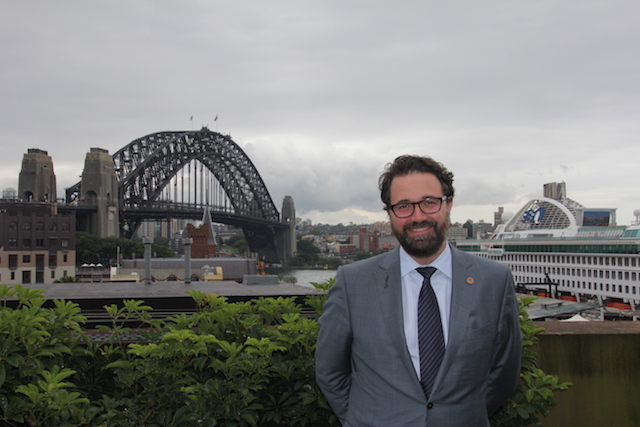As part of Telstra’s Muru-D business accelerator opening its latest startup intake this week, Annie Parker and Ben Sand, the organisation’s co-founder and Entrepreneur in Chief respectively, spoke to a small group of journalists on Tuesday about what they were looking for in the next batch of applicants and how the tech startup sector is changing.
Ben’s entrepreneurial journey from a scrappy, underfunded Aussie startup to a hot Silicon Valley property and back to a corporate incubator is an interesting tale in itself.
His first venture, an edu-tech startup called Brainworth founded in 2010, operated out of a dilapidated inner city Sydney terrace. The business acheived traction and Ben’s team won a ScreenNSW interactive media grant two years later.
Failing the Kickstarter test
Ultimately Brainworth petered out after missing a Kickstarter round. As Ben says, “I focused on getting out the maximum viable model rather than the Minimum Viable Model and the money ran out.”
As Brainworth withered away, Ben joined former university friend, Meron Gribetz at his Augmented Reality startup Meta which went onto join the Y Combinator program. The company went on to attract $23 million dollars in investment, primarily from Hong Kong and Chinese investors, and now has 150 employees.
Earlier this year, Ben returned to Australia after seeing Mick Liubinskas’ blog post about moving to the United States. In that article, his predecessor put out a call out for those interested in replacing him at the Sydney office which Ben answered.
Australian advantages
Now firmly settled into his Sydney role, Ben sees computer vision as one of the biggest opportunities in the tech sector. Bringing together disparate technologies like virtual and augmented reality, artificial intelligence and smart sensors, computer vision allows machines such as autonomous vehicles, drones and medical diagnostic equipment to pull together sources of data that lets machines see what is going on in the world around them.
Computer vision is a field where Australia has an advantage, Ben believes. “Adelaide is the second most funded city in the world in computer vision,” he points out with investments like Cisco’s into South Australia’s Kohda Wireless driving the local industry.
Ben and Annie don’t see the next group of Muru-D applicants being restricted to any one field despite Ben’s background in AR and interest in machine vision. “It’s more the psychology of the founders,” he says.
Mentoring the next wave
Three years of experience is also delivering dividends, observes Annie. “I’m starting to see the early cohorts starting to mentor and support the newer ones. That’s part of what Muru-D is part of, creating the ecosystem.”
Over the three years, there’s also been quite a few adjustments to the Muru-D process, Annie observes. “We change the model each year by about thirty percent.” she says.
Another thing that has changed is that later stage startups can apply for the program which will be open until November 4.
“I’m excited and I’m very confident we’re going to get great outcomes for these people,” says Ben of the next Muru-D cohort. “We’ll be working on getting the most confident founders on board and hopefully helping them to aim high.”




